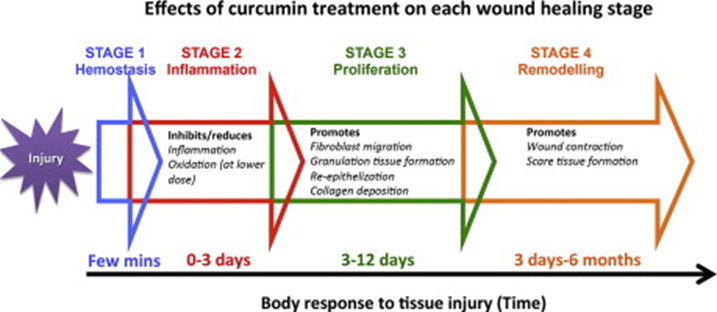A nurse is preparing to administer 10 units of regular insulin and 20 units of NPH insulin to a client who has diabetes. Identify the steps the nurse should take when preparing the two insulins. (Move the steps into the box on the right, placing them in the selected order of performance. Use all the steps.)
Inject 10 units of air into the regular insulin vial.
Inject 20 units of air into the NPH insulin vial.
Withdraw 10 units of air from the regular insulin vial.
Withdraw 20 units of air from the NPH insulin vial.
The Correct Answer is B, A, C, D
B. Inject 20 units of air into the NPH insulin vial. Injecting air into the NPH vial first helps equalize the pressure. A. Inject 10 units of air into the regular insulin vial. This prepares the regular insulin vial for withdrawal without creating a vacuum. C. Withdraw 10 units of regular insulin. After injecting air into the regular insulin vial, withdraw the regular insulin first to avoid contaminating it with the NPH insulin. D. Withdraw 20 units of NPH insulin. Finally, withdraw the NPH insulin after the regular insulin.
Nursing Test Bank
Naxlex Comprehensive Predictor Exams
Related Questions
Correct Answer is B
Explanation
A. Proliferation Phase:
Explanation: This phase involves the formation of new tissue to fill the wound space. It includes granulation tissue formation and wound contraction.
B. Inflammation Phase:
Explanation: This is the initial phase characterized by hemostasis and inflammation, aimed at stopping bleeding and preventing infection. Blood vessels constrict, platelets aggregate, and inflammatory cells arrive at the wound site.
C. Maturation Phase:
Explanation: Also known as the remodeling phase, it involves the remodeling and realignment of collagen fibers and the strengthening of scar tissue.
D. Remodeling Phase:
Explanation: Remodeling and maturation are often considered together as the final stage of wound healing, where collagen fibers reorganize and gain strength.

Correct Answer is C
Explanation
A. "I will allow the position my mother finds most comfortable during the feeding."
This statement does not provide specific guidance on the proper positioning for enteral feedings. It's important to follow recommended positions to prevent complications.
B. "I will turn my mother on her left side during the feeding."
Turning the client on the left side is not a recommended position for enteral feedings. The head of the bed is usually elevated to 30-45 degrees to prevent aspiration.
C. "I will position the head of the bed 45 degrees during the feeding."
This is the correct choice. Elevating the head of the bed to 45 degrees helps prevent aspiration and facilitates proper flow of enteral feedings into the stomach.
D. "I will elevate the head of the bed 10 degrees during the feeding."
While some elevation is better than lying flat, the recommended angle is usually 30-45 degrees to minimize the risk of regurgitation and aspiration.
Whether you are a student looking to ace your exams or a practicing nurse seeking to enhance your expertise , our nursing education contents will empower you with the confidence and competence to make a difference in the lives of patients and become a respected leader in the healthcare field.
Visit Naxlex, invest in your future and unlock endless possibilities with our unparalleled nursing education contents today
Report Wrong Answer on the Current Question
Do you disagree with the answer? If yes, what is your expected answer? Explain.
Kindly be descriptive with the issue you are facing.
